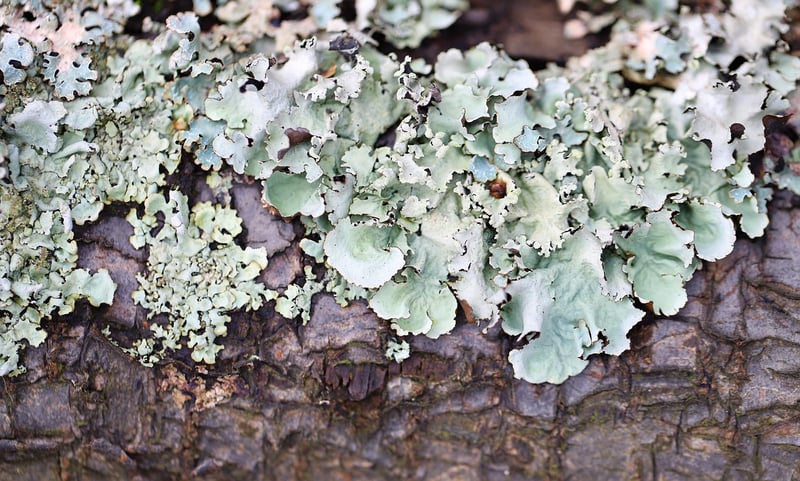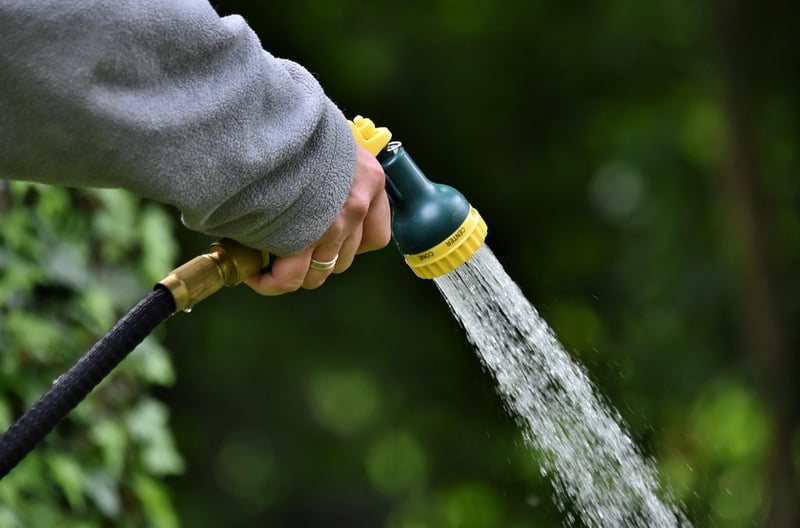Watering Tips
Plant Care and Watering Tips
Introduction
Plants not only add beauty to our surroundings but also contribute to a healthy environment. Proper plant care, including watering, is essential to ensure their growth and longevity. In this guide, we will provide you with valuable tips on plant care and watering to help your plants thrive.
1. Choose the Right Plant
Before starting your plant care routine, it's crucial to select the right plant for your space. Consider factors such as light exposure, humidity levels, and temperature to ensure the plant will thrive in its environment.
2. Watering Frequency
One of the most critical aspects of plant care is watering. Different plants have varying water requirements, so it's essential to research each plant's specific needs. Overwatering or underwatering can harm your plants, so monitor the soil moisture and adjust your watering schedule accordingly.
3. Checking Soil Moisture
Before watering your plants, always check the soil moisture level. Insert your finger into the soil up to an inch deep. If the soil feels dry, it's time to water the plant. For moisture-loving plants, keep the soil slightly damp, while others may prefer to dry out slightly between waterings.
4. Watering Techniques
When watering your plants, aim to water the soil directly at the base of the plant. Avoid watering the leaves, as this can lead to fungal diseases. Use a watering can with a narrow spout for precise watering, especially in pots with multiple plants.
5. Proper Drainage
Ensure your pots have proper drainage holes to prevent waterlogging, which can cause root rot. Use a well-draining potting mix to allow excess water to escape easily. Empty saucers under pots after watering to avoid water accumulation.
6. Water Quality
Use room temperature water for your plants, as cold water can shock the roots. If using tap water, allow it to sit for 24 hours to dissipate chlorine, which can be harmful to plants. Rainwater or filtered water is ideal for sensitive plants.
7. Signs of Overwatering and Underwatering
Learn to recognize the signs of overwatering (yellowing leaves, moldy soil) and underwatering (wilting leaves, dry soil) to adjust your watering practices promptly. Adjust the watering frequency based on your plant's response to prevent stress and damage.
Conclusion
By following these plant care and watering tips, you can create a nurturing environment for your plants to flourish. Remember that each plant is unique, so observe their individual needs and adjust your care routine accordingly. Happy gardening!


 Find more plant care images on Pixabay
Find more plant care images on Pixabay
